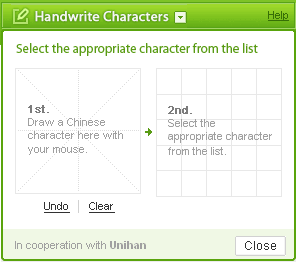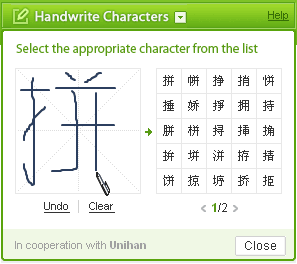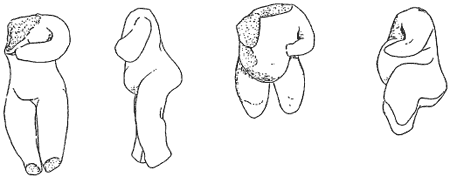Language Documentation & Conservation, a refereed, open-access journal sponsored by the National Foreign Language Resource Center and published online by the University of Hawai‘i Press, has released its first online book: Documenting and Revitalizing Austronesian Languages, edited by D. Victoria Rau and Margaret Florey.
Half of the chapters in the new book (ISBN 978-0-8248-3309-1) focus specifically on Austronesian languages of Taiwan. I have indicated those with bold text below.
Contents:
Introduction: documenting and revitalizing Austronesian languages
I. International capacity building initiatives
- The language documentation and conservation initiative at the University of Hawai’i at Manoa
- Training for language documentation: Experiences at the School of Oriental and African Studies
- SIL International and endangered Austronesian languages
II. Documentation and revitalization activities
- Local autonomy, local capacity building and support for minority languages: Field experiences from Indonesia
- Documenting and revitalizing Kavalan
- E-learning in endangered language documentation and revitalization
- Indigenous language-informed participatory policy in Taiwan: A socio-political perspective
- Teaching and learning an endangered Austronesian language in Taiwan
III. Computational methods and tools for language documentation
- WeSay, a tool for engaging communities in dictionary building
- On designing the Formosan multimedia word dictionaries by a participatory process
- Annotating texts for language documentation with Discourse Profiler’s metatagging system
There have also been two issues of the journal issued to date, though neither of these has anything specific about languages spoken in Taiwan.
This is indeed a promising beginning. I look forward to more such titles from the journal.




